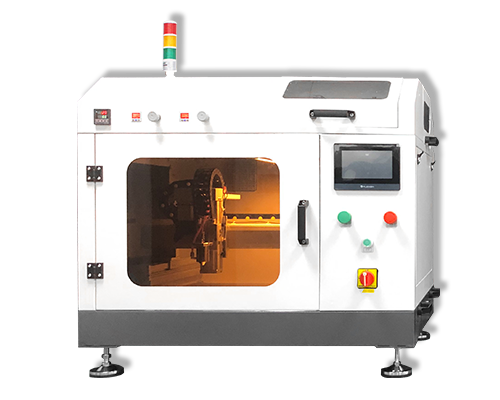Laboratory Ultrasonic Spraying Catalyst Coating
Laboratory ultrasonic spraying catalyst coating is an advanced material preparation technology, which is usually used to evenly coat the catalyst on a specific substrate, such as metal, ceramic, glass, etc. The following are the basic steps and precautions for laboratory ultrasonic spraying catalyst coating:
Steps:
- Catalyst solution preparation: Prepare a solution containing the catalyst. The concentration, viscosity and stability of the solution are key factors affecting the quality of the coating.
- Pre-treat the substrate: Clean and pre-treat the substrate to ensure that the surface is free of oil, moisture and other impurities.
- Ultrasonic spraying: Inject the catalyst solution into the ultrasonic spray gun. Ultrasonic vibrations break the solution into tiny atomized particles. Adjust the spraying parameters, such as spraying speed, pressure and distance, to obtain the desired coating thickness and uniformity.
- Drying and curing: After spraying, the substrate coated with the catalyst is placed under appropriate conditions for drying and curing. This usually involves removing the solvent and allowing the catalyst to form a solid coating on the substrate.
- Post-treatment: Further post-treatment steps, such as heat treatment, washing or other chemical treatments, may be required to optimize the performance of the catalyst as needed.
Notes:
- Solution stability: Ensure the stability and proper viscosity of the catalyst solution in order to obtain a uniform coating.
- Spraying parameter adjustment: Depending on the type of substrate and the desired catalyst performance, the spraying parameters should be adjusted appropriately.
- Coating uniformity: Ultrasonic spraying helps to obtain a uniform coating, but the spraying parameters need to be carefully controlled to ensure consistent coating quality.
- Drying and curing conditions: Ensure proper drying and curing conditions so that the catalyst coating is firmly attached to the substrate.
- Safety and environmental protection: Always follow safety and environmental protection guidelines when working with chemicals and performing laboratory operations. Use appropriate personal protective equipment and ensure good laboratory ventilation.
Laboratory ultrasonic spraying of catalyst coatings is an effective technique that can be used in a variety of research and industrial applications, including catalytic reactions, chemical sensors, and electrochemical devices. Catalyst coatings with excellent properties can be obtained by precisely controlling the spraying process and post-processing steps.
About Cheersonic
Cheersonic is the leading developer and manufacturer of ultrasonic coating systems for applying precise, thin film coatings to protect, strengthen or smooth surfaces on parts and components for the microelectronics/electronics, alternative energy, medical and industrial markets, including specialized glass applications in construction and automotive.
Our coating solutions are environmentally-friendly, efficient and highly reliable, and enable dramatic reductions in overspray, savings in raw material, water and energy usage and provide improved process repeatability, transfer efficiency, high uniformity and reduced emissions.
Chinese Website: Cheersonic Provides Professional Coating Solutions


